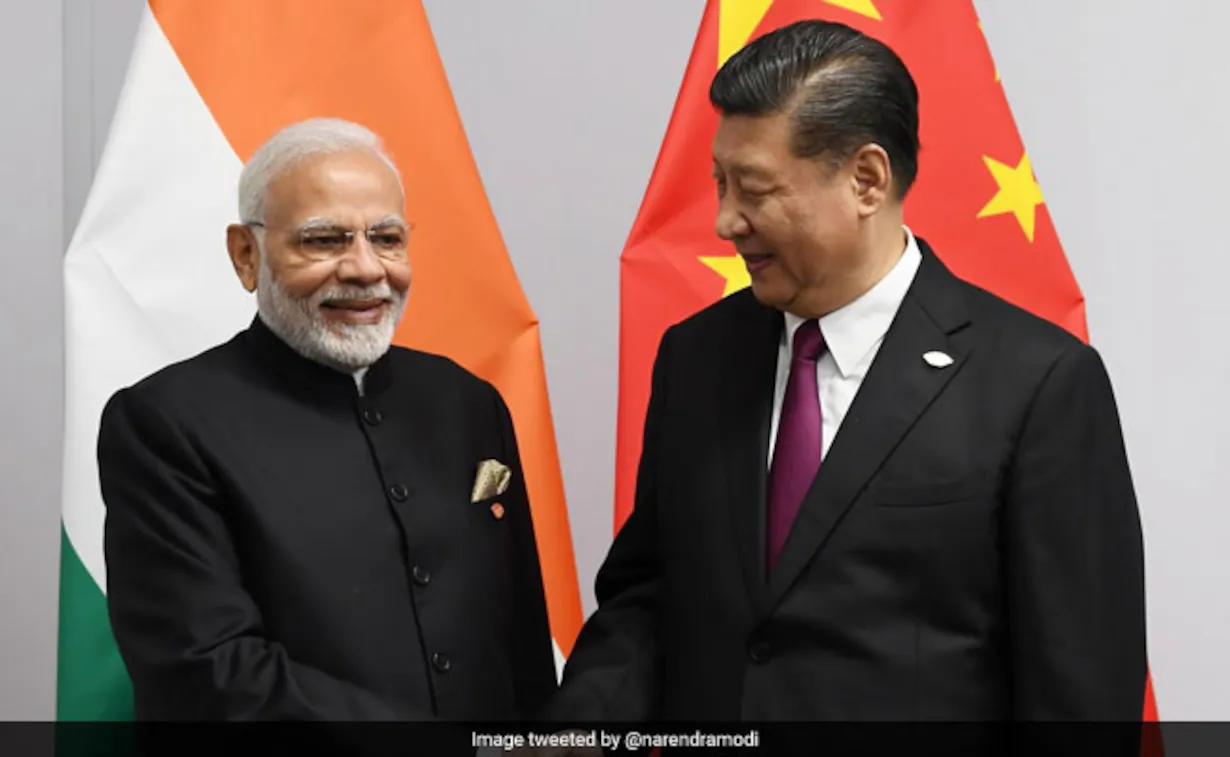Introduction
In the ever-evolving landscape of global trade, India has witnessed significant shifts in its trade dynamics, particularly highlighted by the emergence of China as its largest trading partner in the fiscal year 2023-24. According to data from the economic think tank GTRI (Global Trade Research Initiative), the bilateral trade between India and China reached a staggering $118.4 billion, narrowly edging past the United States, which stood at $118.3 billion in the same period. This development marks a significant milestone in India’s trade relations and underscores the complex interplay of economic forces shaping international commerce.
The statistics reveal a nuanced picture of India’s trade relationships, reflecting both opportunities and challenges. Let’s delve deeper into the key insights provided by the data:
Follow us on LinkedIn for everything around Semiconductors & AI
India-China Trade Dynamics:
The surge in two-way commerce between India and China signifies the deepening economic ties between the two Asian giants. In FY 2023-24, India exported $16.67 billion worth of goods to China, representing an 8.7% increase from the previous fiscal year.
Notable sectors driving this growth include iron ore, cotton yarn/fabrics, spices, and fruits and vegetables.
On the other hand, India’s imports from China surged to $101.7 billion, resulting in a substantial trade deficit of $85.09 billion for India. This imbalance underscores the need for India to diversify its export basket and address structural challenges in its trade relationship with China.
Read More:Is the AI Boom Headed for a Dot-Com Bust: 5 Similarities and 5 Differences – techovedas
Implications of China’s Ascendancy:
China’s ascent as India’s largest trading partner has broader implications for regional and global trade dynamics.
Moreover,it reflects China’s growing influence in the global economy and its strategic outreach efforts in the South Asian region. Moreover, the widening trade deficit with China underscores India’s vulnerability to external shocks and the imperative of enhancing domestic manufacturing capabilities to reduce dependence on imports.
Read More: 5 Most Useful and Important High-End Graphics Cards – techovedas
India-US Trade Relations:
While China may have overtaken the US as India’s top trading partner, the relationship with the United States remains robust. Despite a slight dip in exports to the US, which amounted to $77.5 billion in FY 2023-24, India experienced significant growth in exports, particularly in sectors such as textiles, pharmaceuticals, and information technology.
Additionally, imports from the US increased by 14.7%, contributing to a trade surplus of $36.74 billion. This underscores the complementary nature of the India-US trade relationship and the potential for further expansion in bilateral trade ties.
Read More: What Does Mark Zuckerberg Think about AI: 9 Key Takeaways You Should Know – techovedas
Strategic Implications:
India’s evolving trade dynamics have strategic implications for its geopolitical positioning and economic development aspirations. As it navigates a rapidly changing global landscape, India must adopt a balanced approach that leverages its partnerships with both China and the US while safeguarding its national interests.
This entails pursuing a multifaceted strategy that promotes export diversification, fosters innovation and competitiveness, and strengthens trade facilitation mechanisms.
Read More: AI Dark Horse: Why Apple Could Win the Next Evolution of the AI Arms Race – techovedas
Conclusion:
The data presented by GTRI sheds light on the evolving contours of India’s trade landscape, with China emerging as a dominant player in bilateral trade relations. While this presents opportunities for collaboration and economic integration, it also underscores the need for India to address structural imbalances and enhance its competitiveness in global markets. As India charts its course in the realm of international trade, strategic foresight, and proactive policy measures will be essential to harness the full potential of its economic partnerships and propel sustainable growth in the years to come.








